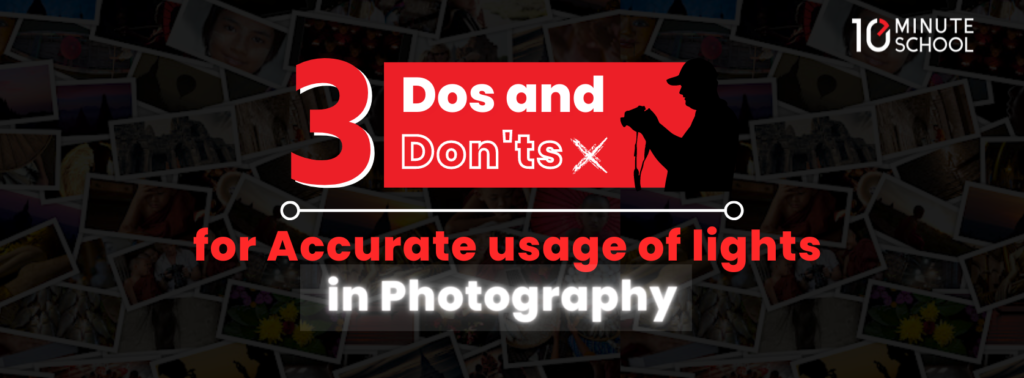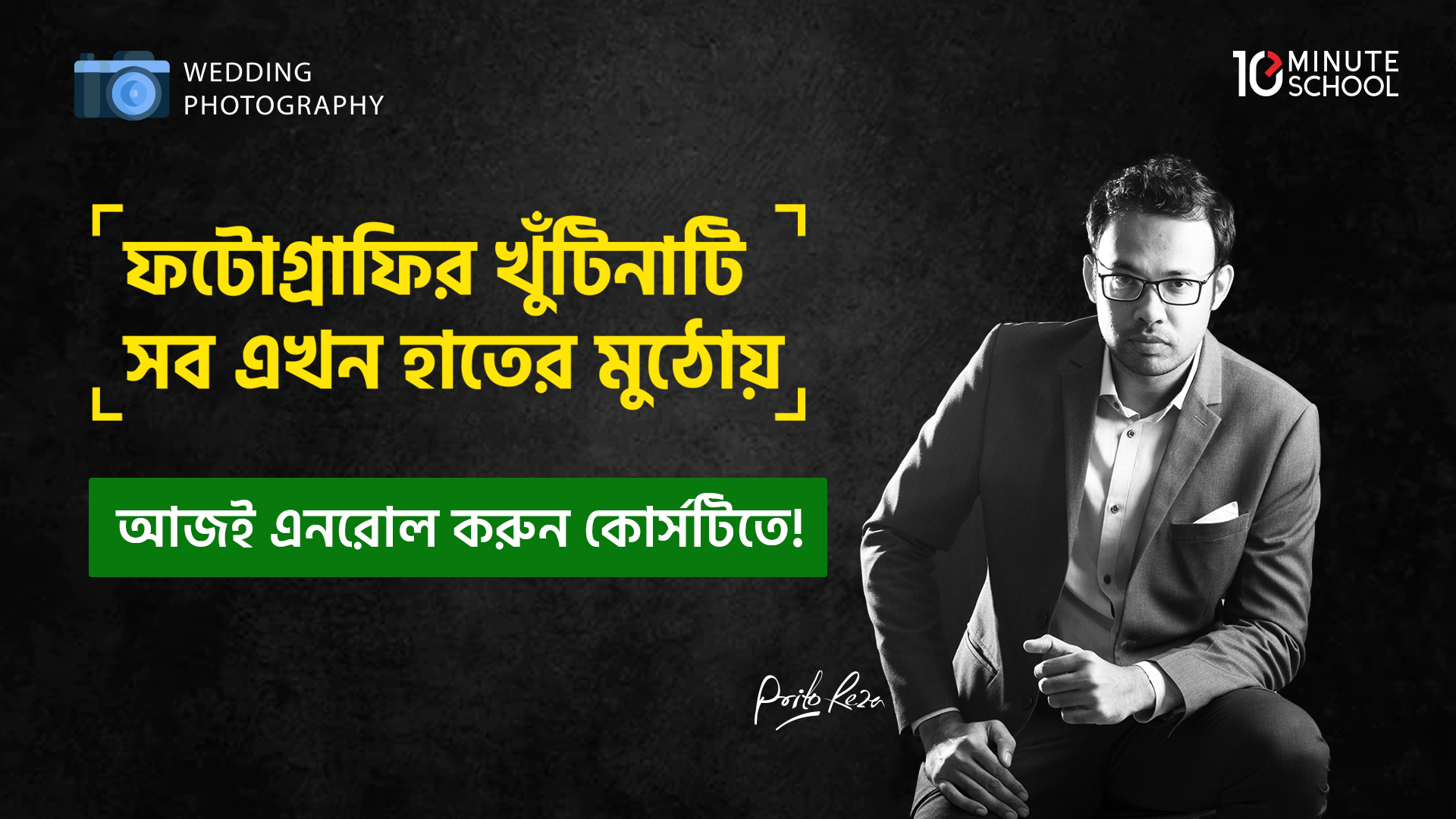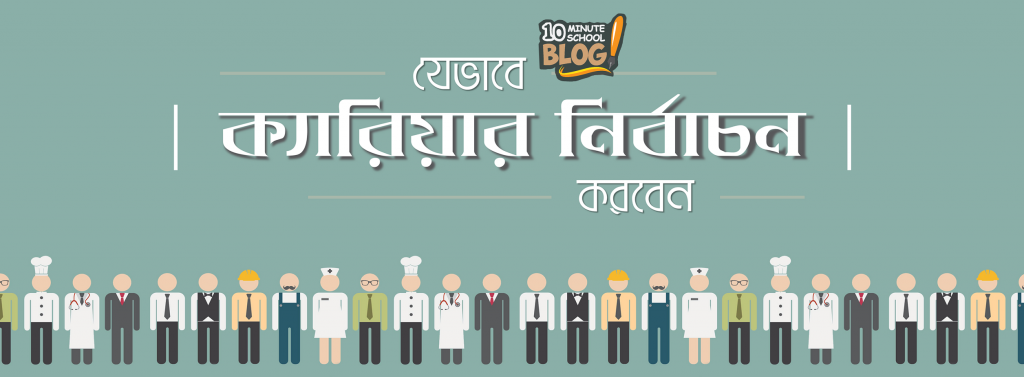Lighting is one of the most important aspects to consider when taking a perfect photograph. It not only helps you to strike a balance between brightness and darkness, but it also aids in the creation of atmosphere, texture, vibrancy, and luminosity on your subject.
To be able to create the ideal lighting in photography, the first step is to learn about the types of lighting available.
The Basics of Lighting
There are primarily two types of lighting:
- Ambient Light
- Artificial Light
Ambient Light:
The ambient light is the light that you find on the spot. Ambient light is any light that a photographer or cinematographer doesn’t have control over or bring to the shooting location.
Example: Moonlight, Sunlight, Restaurant Overhead Light, Neon Street Sign.
Hence, all natural lights are ambient lights, but not all ambient lights are natural lights.
Artificial Light:
Artificial light, on the other hand, refers to the lights that are directly connected to the camera or installed on the spot by the photographer or cinematographer.
Example: The camera flash.
Types of Lighting to Consider during Photography:
Natural Light:
Consider a sunny day with a clear sky, when the sunlight is intense and there is not much shadow. A day with a cloudy sky, on the other hand, will defuse the sunlight and make it less harsh.
The golden hour of natural light for outdoor photography is the time closest to sunrise and sunset.

Front Light:
When the light source is directly in front of the subject, it is called the front light. It creates no shadow on the subject. It will cover the subject evenly with no difference in exposure. The front light is ideal for portrait photography. However, it will not reveal much of the personality or the story of the subject.
The only advantage is that it allows you to take a symmetrical photograph. Lack of shadow helps both sides of the face to be more symmetrical.

Back Light:
When the light source is behind the subject, it is referred to as backlight. Backlighting allows you to capture photographs with long shadows and in Silhouette-style. The only issue is that the white balance will be off, so most of the details may be lost. In this case, a light reflector can be used to reflect some of the light from the background onto the subject.

Rim Light:
This is a type of backlight in which the light comes from above or behind but at a specific angle. It is beneficial to make a highlighted outline of the subject. Place the light so that only the rim is visible from the subject’s front. If you want to capture some details of the subject, use a reflector.

Soft Light:
Soft light is generally produced when the light source is either slightly or fully diffused. Soft light casts a softer shadow on the subject. A curtain over the window can help soften the light coming from outside, for indoor photography. And taking pictures outside on a cloudy day or under a tent can help to get soft light with a youthful appearance; otherwise, taking pictures at sunrise or sunset is recommended.
Hard Light:
Hard light is the polar opposite of diffused or soft light; it is produced by a light source that is directly pointed at the subject. It intensifies, brightens, and can cast a dark shadow on the subject. A good example of hard light is photography in the middle of the day. For indoors, using a spotlight and other sources of light which is not diffused can create hard light.

Broad Lighting:
This is a type of side lighting in which one side of the subject is closer to the camera and in focus and light, while the other side is in shadow. If your subject has a thinner face, this style is ideal.

Rembrandt Lighting:
This is the most basic lighting style for shooting an extraordinary portrait, whereas a two-dimensional portrait can appear three-dimensional. It is possible to achieve this with one key light placed approximately five feet from the subject at a 45-degree angle to the side of the camera and two feet above their eye level angled downwards. Continue to adjust the position until you see a triangle and a shadow on the side of and slightly below the nose.

3 Dos for Accurate usage of lights in Photography:
Don’t Use Too Much Light:
Excessive lighting can negatively impact the quality of a photograph, a scenario we often notice at our wedding ceremonies. Hence, before taking any shots, all other ambient lights should be turned off. Since you can increase the ISO (the sensitivity signal gain of the camera’s sensor) on your camera, you should be focusing on using good light rather than more light.
Using Flash Modifiers:
In order to capture photographs with the perfect lighting, it is preferable to use a flash modifier. Without modifiers, the majority of the flash illuminates the subject strongly. A modifier softens the flash in this case.

Bounce Flash:
Always bounce the flash. This means that your flash will be aimed at the ceiling. As a result, when the flash goes off, the ceiling reflects it back down. If the ceiling is of medium height, this works perfectly.

3 Don’ts for Lighting in Photography:
Don’t Put the Window Behind Your Subject:
Avoid placing the window behind the subject because it is difficult to achieve the proper light balance and it is not an interesting position.
At the shooting location, if you have a large window or a window from which enough light is coming in, it is best to position your subject right next to the window.
The positioning can also be side by side, with one side of your subject being darker and the other being brighter.
Then front-facing is fine, but here the full light will be on the subject. In addition, if there is a lot of light, a Loom Light can be used to help create a soft light appearance on the subject.
Don’t Use Dappled Light Indiscriminately:
Dappled light is created when sunlight is filtered through the leaves of a tree. Because the contrast between light and shadow is so noticeable in this style of lighting, getting the perfect shot can be difficult. This is a very interesting looking method that, if used correctly, is one of the best.
However, most of the time, the subject has a strong glowing bright part and a dark shadow with a glowing outline at the same time, which can be difficult to shoot by balancing both light and shadow and potentially ruining the story behind the picture. The best practice is to place your subject outside of the dappled light only if it’s not ideal for balancing and telling the story. Place your subject in either smooth shade or open light.

Don’t Place Your Key Light Directly on the Subject:
If you aimlessly place the key lights directly on your subject, the greater possibility is that it will not achieve anything. Doing so will cast no shadow, and as a result, it will be a static portrait rather than a dynamic one. So, try to position your key light on an angular side so that it can cast shadows and highlight the subject’s facial characteristics in the photo.
Best lighting Hacks for Photography:
In photography, there is a lot of lighting equipment available to meet the particular needs of the photographers. Reflector, Diffuser, Bouncer, Umbrella, Softbox, Snoot, Studiolight, Flash grid, and Modifier are a few examples. These can be very expensive depending on the quality and the producing company.
However, if you are a beginner, you can build your own lighting equipment with a few simple hacks:
Box Diffuser:
In this case, you can use a wide-open box (such as a chocolate box) to catch the main light and reflect it on the subject by diffusing it.

Can Snoot:
A snoot is used to direct a light beam. To make a snoot, cut both ends of a Pringles can or any cold soda can and insert the flashgun right through it. Taping the two pieces together should be enough.

Flash Diffuser:
In order to get a soft light for macro photography, it is ideal to use a flash diffuser on your camera’s flash. You only need white paper and an empty can to make this. You can make a flash diffuser by glueing the paper to one end of the can and placing the other end of the can with the flash.

Soft Box:
You can ideally use a cardboard box to make this. Wrap it in aluminium foil on the inside, cut a square shape to slide in the camera flash, and finally cover the open front with white paper or cloth.

Table Tennis Ball:
This is useful for softening the light and casting a soft shadow on the subject. Make an X on the ball, insert the flash through the opening and you get a diffuser. It is ideal for use on small subjects.
A white balloon can also perform the same function and produce the same effect.

Coloured Cellophane:
You can get a variety of colour effects by wrapping cellophane around the flash. It is the cheapest way to add colour to your image. Place multiple cellophane sheets in a plastic bottle and place them under a flashlight for a dynamic colour effect.
You can also use a plastic bag and marker to add colour to your picture by colouring the plastic bag as you want and placing it on the flashlight.

Flash Grid:
You’ll need black straws to make this. A grid aids in the direction of the light beam by directing it in a specific direction rather than allowing it to spread out. You must cut the straws to a specific length, glue them together, and place them in the previously prepared frame made of black paper. Slide the entire structure onto the flash.

Conclusion:
While some may believe that photography is simple, but there is, in fact, a lot to learn. Lighting is only the first and the most important aspect of this long list. A minor light error can cause a photograph to be overexposed or underexposed. Photography lighting is an enthralling subject to learn about. Only by changing the lighting can the same framing convey a different meaning.
One could be a perfect example of art, while the other could be a meaningless snapshot. It makes no difference what device you’re using; the quality of your snap is determined by the framing and lighting you’ve used.
References:
INTRO
https://www.shawacademy.com/blog/light-in-photography/
Ambient Light
https://www.studiobinder.com/blog/what-is-ambient-light-definition/
Different types of lighting
https://www.format.com/magazine/resources/photography/lighting-in-photography
https://thelenslounge.com/photography-lighting-basics/
Rembrandt Lighting:
Lighting Tips for a better shot
3 Dos and Don’ts for Accurate usage of lights in Photography
https://www.theclickcommunity.com/blog/the-dos-and-donts-of-using-light-well/
Best Lighting Hacks for Photography
https://fixthephoto.com/diy-photography-lighting.html
https://expertphotography.com/diy-studio-photography-lighting/






আপনার কমেন্ট লিখুন